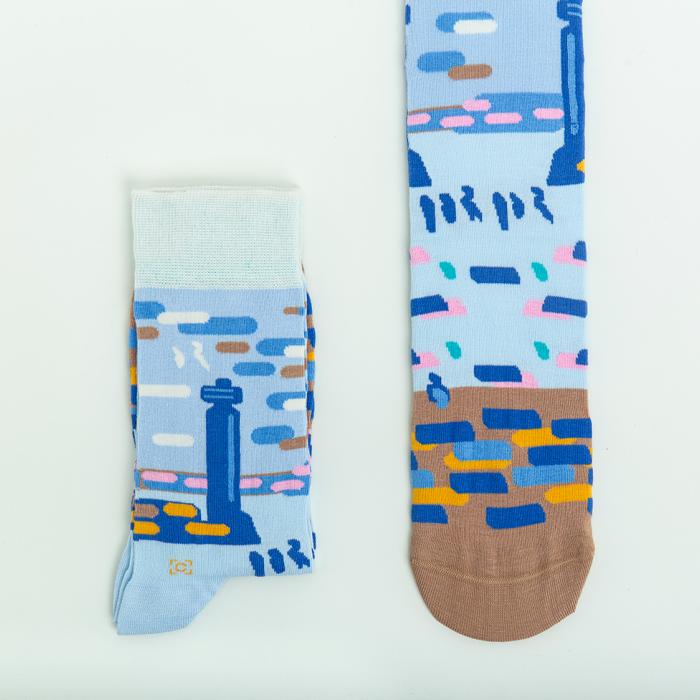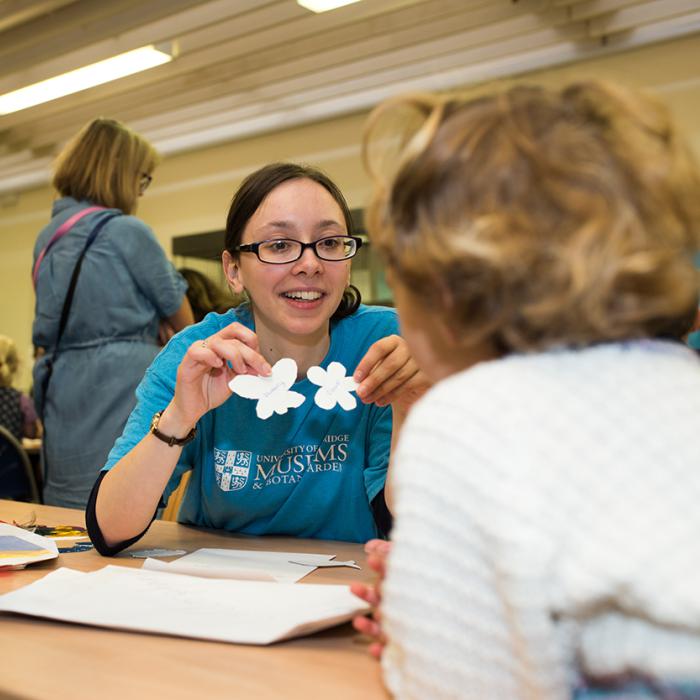For our Saturday opening in Black History month, find out about the contributions made to the history of science by pioneering Black scientists. Find out about medical breakthroughs, moon missions, advances in agriculture and teaching taxidermy.
Saturday 18 October
Tours run at:
- 10.30–11am
- 11.30am–12pm
Both tours start in the Main Gallery. No booking required.
Back by popular demand! When Eliza came to Kettle’s Yard in 2024 she captivated us with a set of works that slowly unfolded like vast musical landscapes. And now Eliza returns with a major work by Irish composer Donnacha Dennehy that obsessively revolves around simple sounds, but gradually creates a mesmerising web of complexity. Eliza will also introduce us to composers she’s developed close relationships with over the years, including the fascinating music of Mica Levi.
Doors open at 7.30pm.
Join us for the fourth and final Whipple Scribble of the year, where we’ll be inspired by the fascinating work of Dr Louis Auzoux.
Whether you're a seasoned artist or just curious to try something new, all abilities are welcome at this after-hours sketching session. Free to join and open to everyone, it’s a relaxed way to connect with fellow creatives in the Cambridge area.
Konstantis Alexopoulos is a doctoral candidate at the Scott Polar Research Institute and a National Geographic Explorer. As a conservationist & climate scientist, Konstantis' research focus lies on the interface between climate, ecosystems, and society, and how the three interact in a changing world. Through his talk, he hopes to transport you to the Greek alpine zone, the fragile beauty of his home country's mountains, their vital importance, and the threats they face.
What is an orrery? Why is the clock chiming 13? Why would you collect and display a set of plaster horses’ teeth, some green spectacles and several hundred pocket calculators?
Join us for a tour of the Whipple’s collection in 10 objects, featuring spectacular instruments, fascinating scientific stories, and links to some of Cambridge’s most famous names.
Meet at the reception point in the Main Gallery.
What is an orrery? Why is the clock chiming 13? Why would you collect and display a set of plaster horses’ teeth, some green spectacles and several hundred pocket calculators?
Join us for a tour of the Whipple’s collection in 10 objects, featuring spectacular instruments, fascinating scientific stories, and links to some of Cambridge’s most famous names.
Meet at the reception point in the Main Gallery.
What is an orrery? Why is the clock chiming 13? Why would you collect and display a set of plaster horses’ teeth, some green spectacles and several hundred pocket calculators?
Join us for a tour of the Whipple’s collection in 10 objects, featuring spectacular instruments, fascinating scientific stories, and links to some of Cambridge’s most famous names.
Meet at the reception point in the Main Gallery.
Rowan Huntley is the artist behind the upcoming special exhibition at the Polar Museum, Through Ice and Fire, which explores the scientific work of Dr Joanne Johnson of British Antarctic Survey.
Giant deer, fossil fish teeth, the rocks that built Cambridge... just some of the specimens on display that our staff can't wait to discuss with you. Beware, their enthusiasm is infectious!
Ages 12+, drop into our shop to reserve your free place on the tour.
Giant deer, fossil fish teeth, the rocks that built Cambridge... just some of the specimens on display that our staff can't wait to discuss with you. Beware, their enthusiasm is infectious!
Ages 12+, drop into our shop to reserve your free place on the tour.

